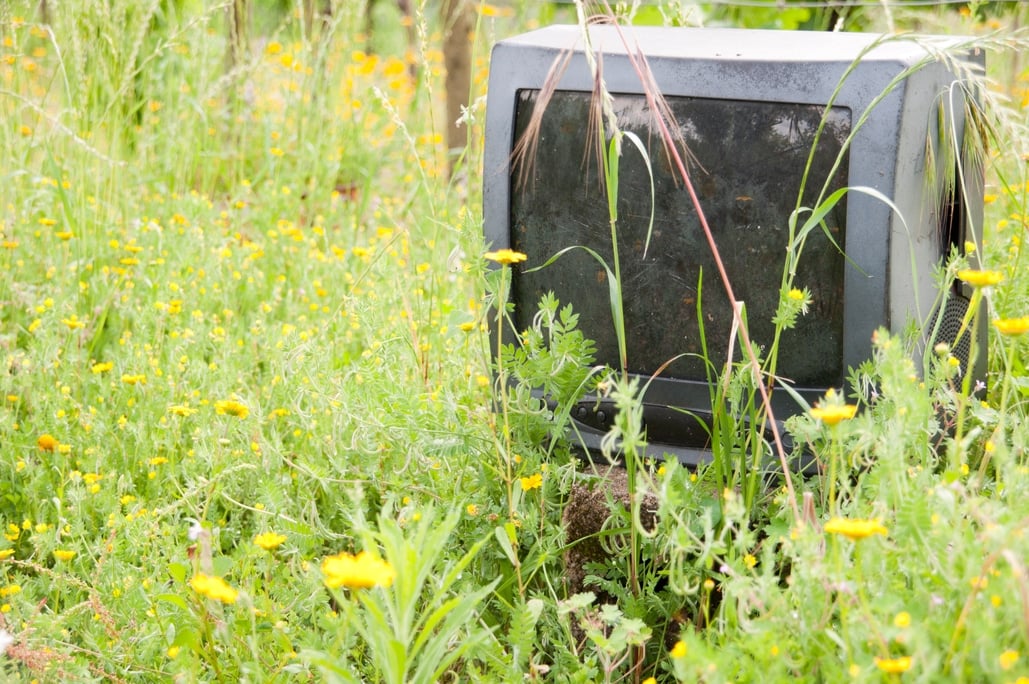Technology is ever changing, so consumers continue to purchase the newest items available: laptops, cell phones, tablets, gaming systems, stereos, etc. As it’s in with the new and out with the old, consumers need to dispose of their retired technology, creating electronic waste (E-waste). A lot of electronic equipment contains hazardous metals, so it is important to discard of E-waste properly. We are going to review how you should dispose of E-waste.
Understanding E-Waste
Understanding E-waste is rather simple. E-waste is electronic waste. E-waste is created when an electronic product is disposed of after the end of its suitable life. Most electronic items used in our previous decade belong in the E-waste category. Items such as VCRs, CD players, older models of TVs, computer monitors, fax machines, old cell phones, and more, fall into the electronic waste classification.
Every minute, with the rapid expansion of technology and our consumption driven society, large amounts of E-waste are created. Globally, an estimated 40 million tons of E-waste are produced each year, but only a portion of that is disposed of properly.
The EPA estimates that, in 2009, US consumers and businesses discarded televisions, computers, cell phones, and hard copy peripherals (including printers, scanners, fax machines) totaling 2.37 million tons. Around 25 percent of these electronics were collected for recycling, with the remainder disposed of primarily in landfills.
How You Should Dispose of E-Waste
If electronics are not disposed of properly, they can cause serious damage to the environment and create health risks for people exposed to them. Electronic equipment may contain lead, chromium, cadmium, mercury, or other hazardous metals. When electronics are mishandled during their disposal, these chemicals end up in our soil, water, and air.
To handle E-waste correctly, you should understand the rules and regulations around the disposal of E-waste, in your state or county. You shouldn’t just throw your old TV, laptop, cell phone, VCR, printer or other electronics into the trash bin. It is recommended, in most cases, that you take old electronics and other gadgets to specified drop off locations or collection events.
E-waste is generally prohibited in garbage bins or dumpsters. If you dispose of E-waste improperly, you can be penalized.
In Conclusion
You should understand what E-waste is and how to dispose of E-waste properly. E-waste represents 2% of America’s trash in landfills, but it equals 70% of overall toxic waste. Each local government and entity have their own regulations and rules around what is considered E-waste and how to dispose of it. Be sure to check your local guidelines before discarding your E-waste.
If you have a project in mind where a dumpster may work for you, get in contact with BigDumpster.com® today! When it comes to fast and affordable dumpsters, we have you covered. Contact us.
With over 40 years of experience in the waste disposal industry, homeowners and contractors alike trust Big Dumpster.com®. We offer up-to-date dumpster equipment and quick and dependable drop off and pick up services.
Ask us about how you should discard your E-waste. We are here to help.
